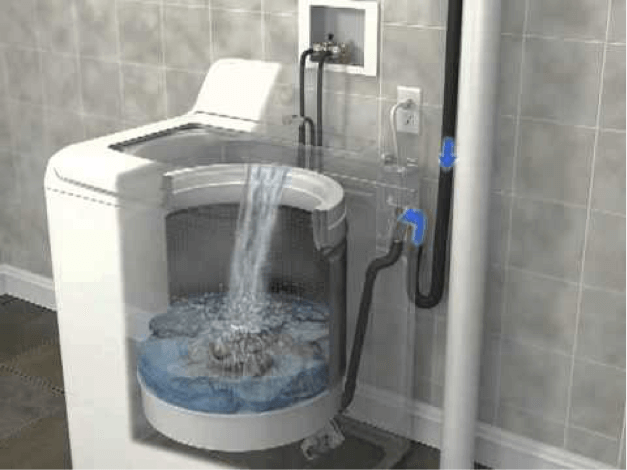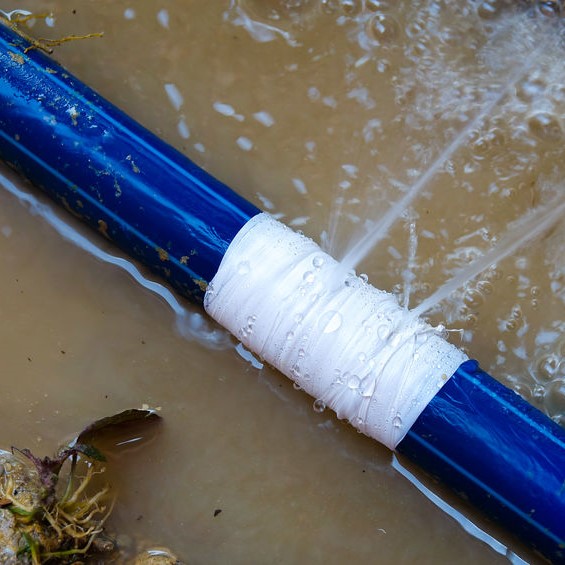Stop the Flood: Techniques for Detecting as well as Repairing Burst Pipes
Stop the Flood: Techniques for Detecting as well as Repairing Burst Pipes
Blog Article
This post in the next paragraphs involving How to Prepare for Your Dishwasher Installation is fairly compelling. You should look it over.

A ruptured pipeline is a significant emergency; you can only stand as you view water you pay very much to reunite with the earth. In worse cases, you discover a pool on your kitchen flooring, which is a great journey danger, particularly if you have kids around. If the pipe that burst was in your walls, bad news: you might require to paint that entire section.
How can a calamity like a ruptured pipeline be stopped as well as handled? Well, by listening to your professional emergency plumbing professionals and also complying with these policies.
How do I recognize when my pipelines have ruptured?
Varying water pressures
Pipes do not simply burst in a day. You might have discovered that your kitchen faucet or shower doesn't run instantly when you turn the tap. It might pause for a few secs and after that blast you with more pressure than common.
In other instances, the water might appear normal at first, after that drop in pressure after a couple of secs.
Wet wall surfaces as well as water stains
Prior to a pipeline bursts, it will certainly leak, most times. If this relentless leaking goes undetected, the leakage may finish into a vast laceration in your pipe. One very easy method to avoid this emergency is to watch out for wet wall surfaces ad water stains. These water discolorations will lead you right to the leakage.
Puddles under pipes and also sinks
When a pipeline bursts, the discharge forms a pool. It may show up that the puddle is growing in dimension, and despite the number of times you wipe the puddle, in a couple of minutes, there's an additional one waiting to be cleaned. Usually, you may not have the ability to trace the pool to any type of noticeable pipes. This is an indicator to call a professional plumber.
Untraceable trickling noises
Pipeline bursts can occur in the most undesirable places, like within concrete, inside walls, or under sinks. When your house goes silent, you might be able to listen to an annoyingly consistent trickling noise. Also after you've inspected your shower head and also kitchen faucet, the dripping may proceed.
Dear visitor, the trickling may be originating from a pipe inside your walls. There isn't much you can do concerning that, except inform a specialist plumber.
Shut off the Water
When water ices up, it increases in volume by regarding 9 percent. And also it increases with tremendous force: The stress inside pipes may go from 40 extra pounds per square inch to 40,000 psi! No pipeline can hold that much pressure, so it bursts. The break may take place where the ice forms, however regularly, it takes place where water pressure discovers a weak point in the pipe. That may be inches and even feet from the icy location. Find the water shutoff valve as well as switch off the water to stop more damage. You may additionally need to shut off the electrical energy too, depending on where the leaks happens as well as just how big it is.
Contaminated water
Lots of people presume a ruptured pipeline is a one-way electrical outlet. Quite the contrary. As water flows out of the hole or laceration in your plumbing system, impurities locate their method.
Your water might be infected from the source, so if you can, check if your water tank has any type of issues. Nonetheless, if your alcohol consumption water is provided and also purified by the city government, you ought to call your plumber right away if you see or smell anything amusing in your water.
What do I do when I identify a ruptured pipeline?
Your water meter will certainly remain to run also while your water wastes. To decrease your losses, locate the major controls and also turn the supply off. The water mains are an above-ground structure at the edge of your residential or commercial property.
How to Fix & Detect a Leaking Pipe
How Do I Know if a Pipe is Leaking?
Leak detection tests can help you determine if your pipe has a leak. Even if you don’t see an apparent leak, you should still conduct leak detection tests regularly to save water and money—and prevent major damage to your home.
Water meter. It can be helpful to figure out what your usual water meter usage numbers are and then monitor them regularly. To monitor your meter, first, turn off all water faucets in your home. Check the meter and write down the numbers. In a few hours, check the meter again. If the numbers have changed, you have a leak. Water gauge. Use a water gauge to test your water pressure. Your showerhead should produce a certain amount of water pressure based on its model and design. If the pressure is lower than it is supposed to be for that specific showerhead, your home likely has a leak. Puddles. Look inside your bathroom, laundry, and kitchen sink cabinets. Puddles around the cabinets or around toilets, tubs, showers, and washing machines indicate the presence of a leaking pipe. You may also notice loose tiles, peeling or flaking paint, or mold caused by water accumulation. Napkin test. Even if you don’t see any puddles, you may still have a leak. You can test for water leaks in the bathroom, laundry, and kitchen by wiping below-sink connections with a napkin, paper towel, or piece of toilet paper. If it becomes damp, you probably have a leaking pipe under the sink. Discolored walls. Walls that are discolored—usually with brown or yellow stains—or bulging might mean that they have been impacted by water damage caused by a leaking pipe. Smell. A leaky pipe will create sitting water, and over time, that water may develop a musty smell. If your home smells musty, but you can’t locate the source, it may be due to a leak. Steps for Fixing a Leaking Pipe
A leaky drain can be remedied by tightening the pipe base, replacing the drain seal, caulking the rim, and tightening the pipe nut. Similarly, a leaking toilet pipe can be treated by tightening the packing nut. You may also need to replace the valve. A leaky faucet may just need tightening or replacement of the washers. If that doesn’t work, consider replacing your faucet. If your pipe has a hole in it, you may want to use a pipe leak sealer or pipe leak tape. This quick fix for water pipe leaks can also temporarily fix a copper pipe leak. https://www.ahs.com/home-matters/quick-tips/how-to-tell-if-pipes-are-leaking/

I hope you liked our topic about How to Install and Connect a New Dishwasher. Many thanks for taking the time to browse our post. Loved our blog? Please share it. Help someone else find it. Thank-you for going through it.
Schedule Services
Report this page